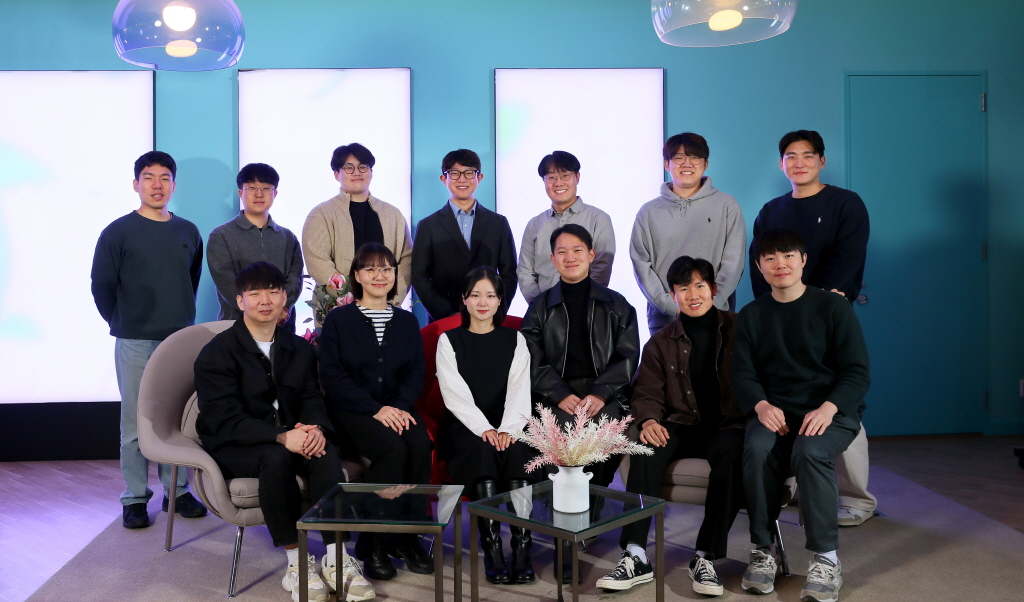UNIST(총장 이용훈) 전기전자공학과 연구진의 성과 3건이 ‘반도체 설계 올림픽’으로 불리는 2024 국제고체회로학회(ISSCC)에 채택됐다.

▲UNIST 김성진, 김재준, 이규호 교수 연구팀
김성진·김재준 교수, 이미저·MEMS·메디컬·디스플레이 분야(IMMD) 채택
이규호 교수, 디지털아키텍처·시스템 분야(DAS) 내년 2월 정기학회 공개
UNIST(총장 이용훈) 전기전자공학과 연구진의 성과 3건이 ‘반도체 설계 올림픽’으로 불리는 2024 국제고체회로학회(ISSCC)에 채택됐다. ISSCC는 70여 년 전통의 반도체 회로설계 분야 최고 권위 학회다.
최근 진행된 ‘ISSCC 2024 한국 콘퍼런스’에 따르면, UNIST는 이미저·MEMS·메디컬·디스플레이 분야(IMMD)에서 2건, 디지털아키텍처 및 시스템 분야(DAS)에서 1건이 채택됐다.
IMMD 분야 논문 2건은 김성진, 김재준 교수 연구팀에서, DAS 분야는 이규호 교수 연구팀에서 나왔다.
김성진 교수팀은 저전력·초소형 CMOS 라이다 센서 기술로 채택됐다. 지난 21년과 22년에 이은 쾌거다. 이번에 개발된 라이다 센서는 기존에 연구진이 ISSCC에서 발표했던 라이다 센서의 절반 크기로 전력 소모는 21배 줄었으며 160×120의 고해상도 거리 영상을 제공할 수 있다. 자율주행차의 ‘눈’으로 불리는 라이다 센서의 크기와 소모 전력량을 줄여 모바일 메타버스 기기나 서비스 로봇 등에서 활용될 수 있을 것으로 기대된다. 이번 연구는 삼성전자 DS부문과 한국연구재단의 지원을 받았다.
이규호 교수팀에서는 상용제품 대비 전력 소모를 2,044배나 줄인 초저전력 공간정보처리 인공지능 시스템-온-칩 (AI System-on-Chip) 반도체를 세계 최초로 개발했다. 라이더 센서가 기계의 ‘눈’이라면 이 AI SoC 반도체는 입력된 정보를 처리해 위치와 주변 상황 등을 추론하는 뇌 역할은 하는 반도체다. 라이다센서가 감지한 원거리, 360도 서라운드 공간정보 등 방대한 데이터를 실시간으로 처리할 수 있다. 상용 모바일 컴퓨팅플랫폼인 Jetson Tx2 대비 에너지 소비량을 2,044배나 줄였으며 최대 48 FPS 연산 처리 속도를 지원한다.
김재준 교수 연구실은 패치형 ‘융복합 센서’ 기술을 선보인다. 센서의 신호 처리칩에 아날로그 인공지능 회로까지 넣어 센서 자체로 진단과 감지 기능을 할 수 있다. 생체신호로 부정맥을 진단하고 유해가스를 감지해낼 수 있는 센서다. 센서를 구성하는 소자들을 스티커처럼 붙였다 떼어냈다 조합하면 원하는 감지 기능이 작동되는 방식의 재구성형 플랫폼 기술로도 주목받고 있다. ‘접착형 인터포저(adhesive imeterposer)’라고 명명한 이 기술은 UNIST 기계공학과 신흥주, 정훈의 교수 연구실과 함께한 융합연구성과이다. 연구 수행은 산업통상자원부와 과학기술정보통신부의 지원을 받아 이뤄졌다. 한편, 김재준 교수 연구팀은 지난 22년과 23년에도 생체신호를 감지하는 웨어러블 디바이스 기술을 ISSCC에서 발표한 바 있다.
이들 성과는 내년 2월 미국 샌프란시스코에서 열리는 2024 ISSCC 정기학술대회에서 공개된다. 이번 정기학술대회에서는 아날로그, 데이터 컨버터, 디지털 아키텍처, RF 및 무선시스템, 메모리, 정보보안, 전력관리, IMMD 등 총 12개 분야에서 234편의 논문이 소개될 예정이다.
